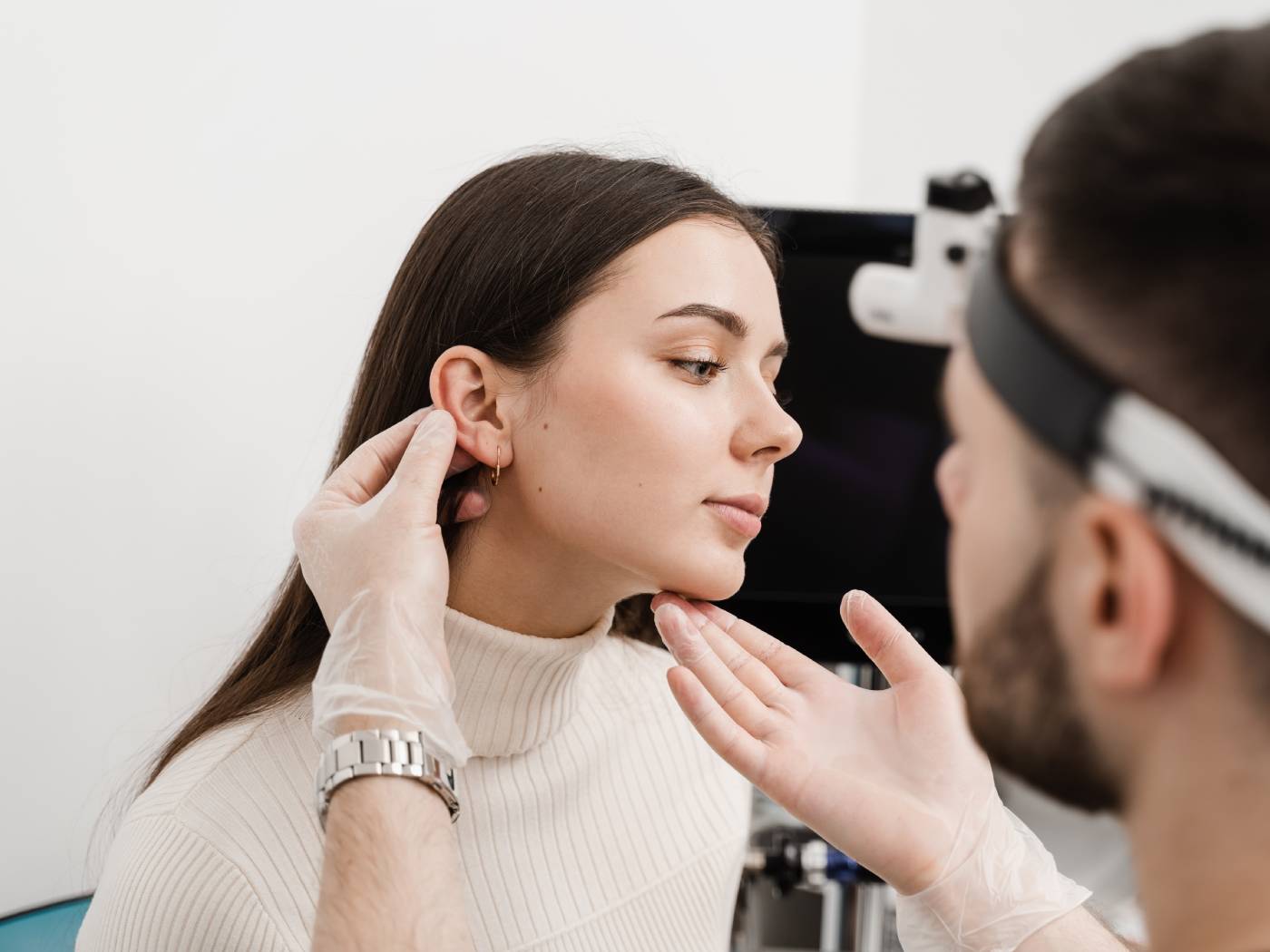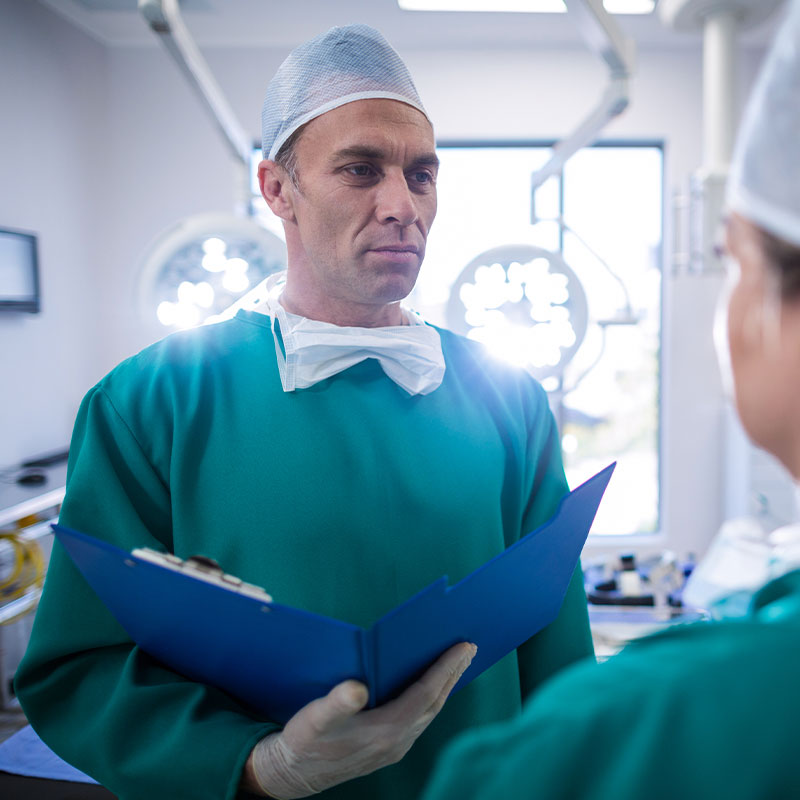

22.08.2025.
Postoperative Care After Otoplasty
Postoperative Care After Otoplasty, Ljubljana, Slovenia. TOP PRICE✓ Ear Correction✓ Ear Shape Surgery✓ Before and After Experiences✓ Post-Surgery Ear Care✓
Are you considering otoplasty and wondering what the recovery period looks like? How long does it last and what measures should be taken to ensure the best results? Postoperative care is just as important as the surgery itself, as it determines the stability of the ears, proper healing, and the final aesthetic outcome. Below, we reveal what you can expect and how to properly prepare for this period.
Postoperative Care After Otoplasty
Otoplasty is a aesthetic surgical procedure that corrects the shape, size, or position of the ears. It is most commonly performed to correct "protruding ears" – a condition where the ears stick out more than usual. This procedure does not affect hearing, but exclusively focuses on appearance and the patient’s self-confidence. Thanks to modern surgical techniques, the results are permanent and natural, with minimal scarring.
When is the best time for otoplasty?
The most suitable time for ear surgery is during childhood, usually between the ages of 6 and 12, when the ears are fully formed, and the cartilage is flexible enough for reshaping. However, otoplasty can be successfully performed in adults as well – there is no upper age limit. It all depends on the individual's desires and health condition.
Otoplasty Procedure
The surgery is most often performed under local anesthesia for adults and general anesthesia for children. The surgeon makes a small incision behind the ear, reshapes the cartilage, and repositions the ear closer to the head. Sutures are then placed to secure the new position. The procedure lasts approximately 1–2 hours, and the patient can go home the same day.
Postoperative Care After Otoplasty
The first hours and days after otoplasty are the most sensitive and require special attention. During this period, the ears are delicate, and proper care prevents complications and shapes the final result.
After surgery, the patient receives a bandage or a special compression band that helps keep the ears in the desired position and reduce swelling. This bandage is usually worn continuously during the first few days. Common early symptoms include mild swelling, a feeling of tightness, and minor pain, which can be alleviated with painkillers and recommended medications. It is very important to follow the surgeon’s instructions and not remove the bandage on your own.
Adhering to these recommendations in the first few days is crucial for smooth healing and maintaining the desired shape of the ears.
The First Week of Recovery
Once the initial period has passed, the patient enters the phase of adaptation and further recovery, during which they gradually resume daily activities.
During the first week, it is still necessary to wear the protective band, typically both day and night. Ear hygiene should be maintained carefully, without pressure or sudden movements. It is recommended to sleep on your back to avoid putting pressure on the ears. Swelling and bruising gradually subside, and a follow-up visit to the doctor allows monitoring of progress and timely intervention if any issues arise.
Patience and adherence to basic rules during this phase ensure that the healing process runs smoothly and without complications.
Returning to Activities
After the initial rest period, patients gradually return to their regular activities, but with some limitations.
Light physical activity and returning to work are possible after the first week, depending on the nature of the job. However, activities involving physical exertion, sports, swimming, or wearing a helmet should be avoided for at least 4 to 6 weeks. The protective band is often worn at night for several weeks to keep the ears stable during sleep.
Gradual resumption of activities contributes to a safe recovery and long-lasting aesthetic results.
Possible Complications and Follow-up Visits
Although otoplasty is a safe procedure, as with any surgery, there can be certain risks and complications.
The most common complications include mild infections, prolonged swelling, or asymmetry. Regular follow-up visits ensure that the surgeon can spot and address any issues in time. Patients are advised to contact their doctor immediately if they notice severe pain, redness, fever, or bleeding.
Regular monitoring and open communication with the surgeon are the best protection against more serious complications.
Who Are We?
Royal Aesthetic Surgery is a renowned private clinic in Belgrade, with over 20 years of experience providing services in the field of aesthetic and plastic surgery. Our team consists of experienced surgeons with international expertise, and we have successfully completed over 7,000 procedures. We place special emphasis on safety, expertise, and a personalized approach to each patient.
Why Choose Royal Aesthetic Surgery Belgrade for Otoplasty?
Choosing a clinic for otoplasty is an important decision as it directly affects the quality and longevity of the results. At Royal Aesthetic Surgery Belgrade, we provide comprehensive support – from the initial consultations and detailed surgery planning to the modern procedure and postoperative care. Our mission is to combine top-tier expertise, safety, and dedication to ensure that each patient receives a natural appearance and renewed self-confidence.
How to schedule an otoplasty appointment?
If you wish to schedule an otoplasty appointment, are interested in nose surgery prices, or have additional questions for us, please contact us via phone at +381 65 202 77 77 or visit the following pages: ear surgery, ear shape surgery, protruding ear correction.
Royal Plastic Surgery
Why choose us?
The best, most affordable and safest aesthetic clinic in Ljubljana and Slovenia.

